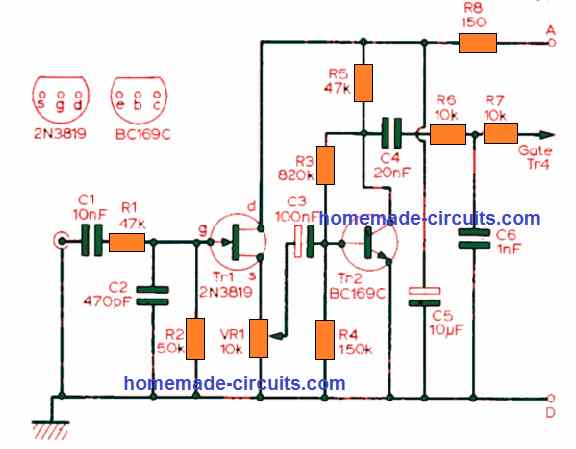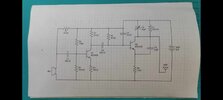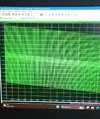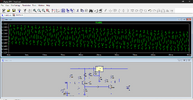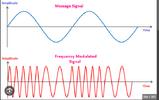For semester project, I am planning to choose this topic. The audio is first received using the bluetooth module, do the necessary processing and transmit that signal through certain frequency using frequency modulation.
The main thing is that I want to do it but don't know how to do it.
Is it possible to do it? And how?
What materials will be required at exact?
Can you guys please send the simulation file for either proteus or for LTspice for transmitter showing the frequency modulation clearly?
Helpp meeee!!
The main thing is that I want to do it but don't know how to do it.
Is it possible to do it? And how?
What materials will be required at exact?
Can you guys please send the simulation file for either proteus or for LTspice for transmitter showing the frequency modulation clearly?
Helpp meeee!!
